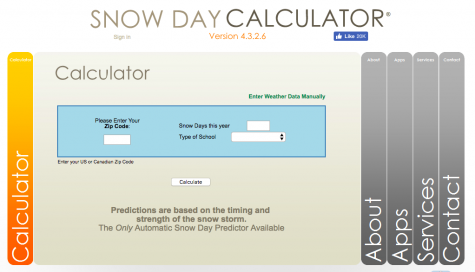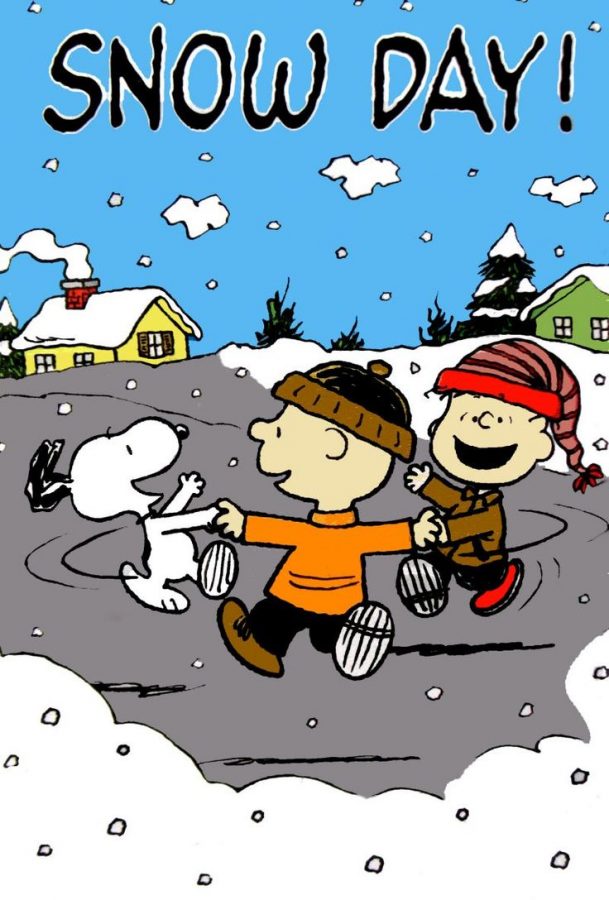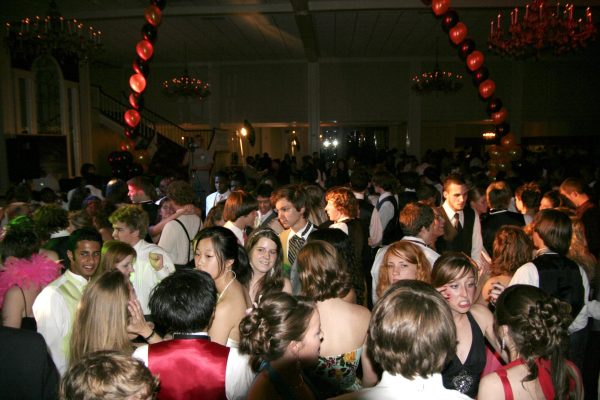A Snowy Miracle
Everyone at the school loves a snow day now and again during the winter season. A day of no school, homework, and teachers is a busy student’s dream come true. As adored as snow days are, not everyone knows the process the administration goes through before announcing them.
The Acting Superintendent of Tenafly Public Schools, Ms. Barbara Laudicina, decides when students get snow days. Often snow days are issued when there is too much snow and it becomes difficult to travel or go outside of one’s home. Using the Honeywell alert system, Ms. Laudiciana calls, texts, emails, and uploads a warning sign on the Tenafly homepage on the morning of or night before the snowstorm. She has to calculate how much snow there will be and whether or not students can come to school.
 Snow, however, cannot stop all school days. There are some days where it is snowing, but it does not affect transportation and students can come to school without much difficulty. In these cases, Ms. Laudicina announces either a delayed opening or a regular school day. According to The Atlantic, in American schools, at least two feet of snow is required to issue a snow day.
Snow, however, cannot stop all school days. There are some days where it is snowing, but it does not affect transportation and students can come to school without much difficulty. In these cases, Ms. Laudicina announces either a delayed opening or a regular school day. According to The Atlantic, in American schools, at least two feet of snow is required to issue a snow day.

There are some rumors among students about how to make a snow day happen. Three of the most famous superstitions include putting a spoon under a pillow, wearing pajamas inside-out, and flushing ice down the toilet. There is, however, a much better way to see and predict if a snow day is going to happen: using snowdaycalculator.com. This website calculates the likelihood of a snow day by entering the number of snow days you have had, what kind of school you attend, and your zip code. For example, if someone was to calculate the probability of a snow day for Tenafly, they would type in 07670 as the zip code, type in 3 as the number of snow days, and put “public” as the type of school. The calculator would then determine the likelihood of a snow day and give a chart of the readings. This chart lists the range of percentages of the probability of a snow day. For example, a 55%~75% chance means a slight chance of a snow day and a high probability of a delayed opening.
In this school district, three “free” snow days are built into the school calendar, and if three snow days are all used, students go to school for 180 days instead of the normal 183. Until now, we have used up all three snow days: one on January 9th, and the other two on March 7th and 8th. If there is to be another snow day, school breaks will be shortened. For example, another snow day leads to losing the Friday before Memorial Day, and another will lead to the loss of a day in April break.

Yu Kyeong Cheong (‘21) enjoys reading and writing, and is excited to contribute to The Echo. In her free time she likes to hang out with friends, and...















































































































































